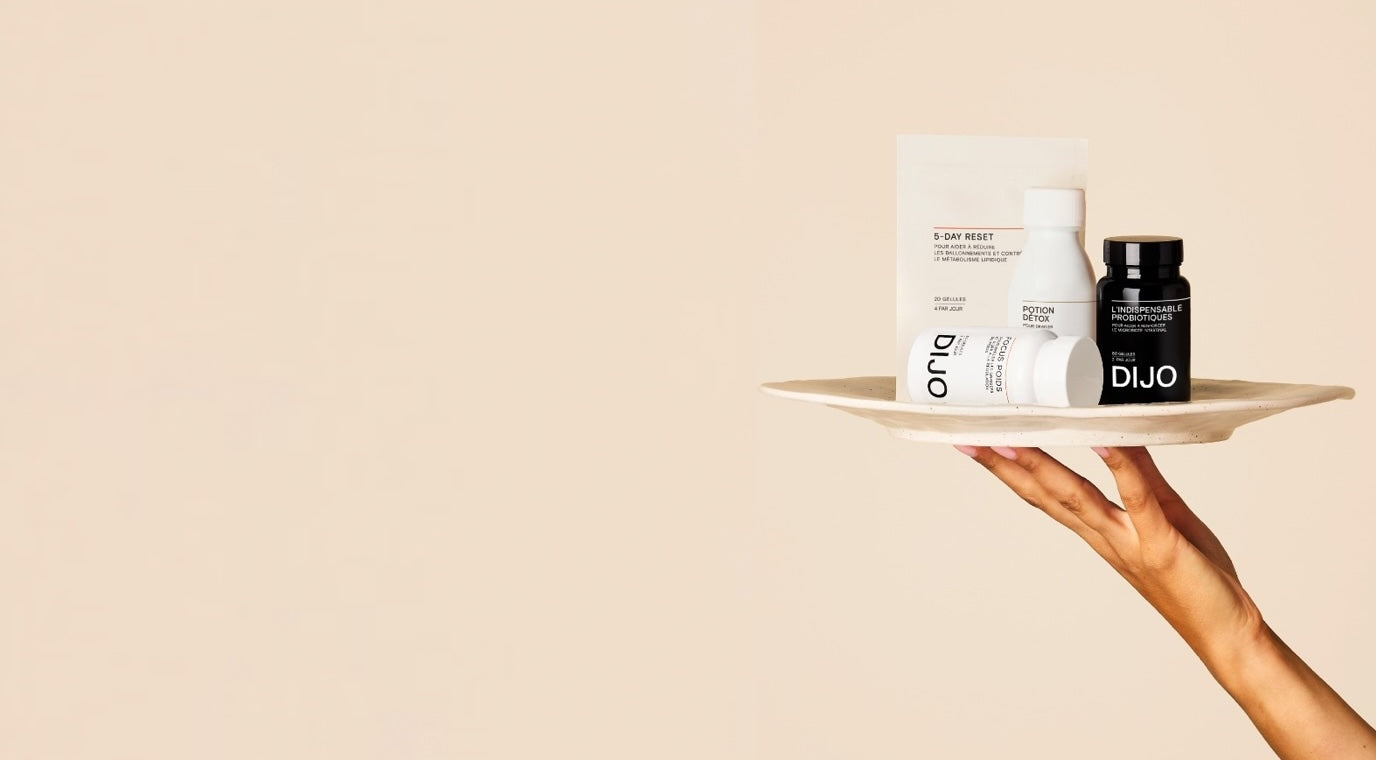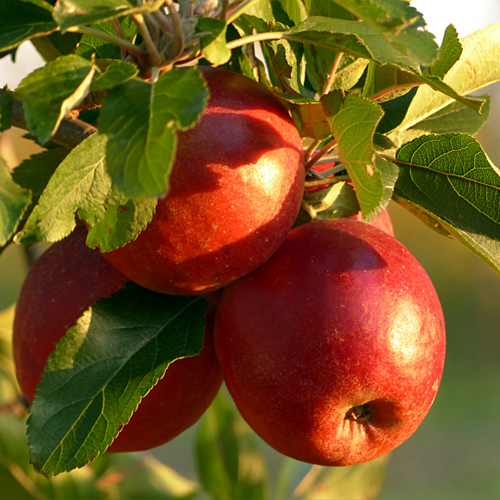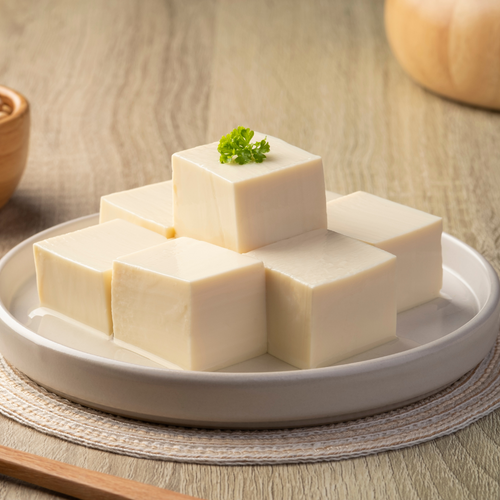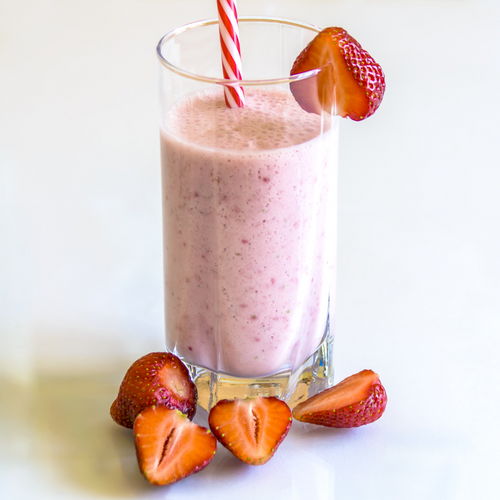If you are loyal to DIJO, you already know that probiotics are pretty magical! Little reminder for those who live in a cave.
What are natural probiotics?
Natural probiotics are small bacteria that populate our different microbiota by the billions: the digestive tract, the vagina, the skin and the mouth .
The intestinal microbiota is the most important and its health depends only on the balance between good and bad bacteria.
When the flora is unbalanced, we then speak of dysbiosis. Research points to the dangers of this phenomenon. From a simple inconvenience to a more serious pathology, when the distribution of bacterial species is destabilized, it is the entire organism that pays the price. The idea is therefore to have a majority of good bacteria to allow us to perpetuate the vital functions of our body: digestion, assimilation of nutrients, synthesis of vitamins, regulation of metabolic pathways, the immune system, etc.
Good news however, it is quite easy to restore healthy and functional intestinal flora. One option is to supplement with probiotics, but be careful to choose your probiotic strains carefully and to check the quantity/quality of the encapsulated bacteria to observe real benefits on your health. Your plate also plays a major role, but where can you find natural probiotics in everyday foods? We tell you everything!
The benefits of natural probiotics
The benefits of natural probiotics are numerous, here are the main ones:
- Maintaining gut health (Relieves constipation and fights diarrhea or irritable bowel syndrome .)
- Strengthens the immune system
- Reduces the inflammatory state
- Fight against hypertension and cardiovascular diseases
- Reduces stress, anxiety and improves sleep quality
- Improves skin and hair health
Where to find natural probiotics in food?
A brief overview of sources of natural probiotics in food:
1. Yogurts and fermented milks, sources of natural probiotics
Yogurts and fermented milks contain milk and natural probiotics. The main difference lies in the type of bacteria: to qualify for the name “yogurt”, the product must contain two very specific strains, Lactobacillus bulgaricus and Streptococcus thermophilus . You must therefore pay attention to the name of the products you put in your shopping cart, if you want to find these two strains of natural probiotics.
Fermented milks are obtained from the fermentation of Lactobacillus casei and Bifidobacterium animalis in milk. Among them, we find kefir, lassi, skyr, laban, and buttermilk.
2. Certain cheeses rich in natural probiotics
Gouda, cheddar, mozzarella, Fourme d'Ambert, Brie, Camembert... Most cheeses contain natural probiotics, but be careful, because certain bacteria do not survive aging.
3. Soy derivatives
- Soy products like tempeh are good sources of natural probiotics. Originally from Indonesia, this fermented soybean paste has other advantages: it is a good alternative to meat thanks to its richness in vegetable proteins, and the fermentation process makes it possible to reduce the phytic acid content contained in soy which tends to hinder the absorption of minerals.
- Miso is also a paste originating from Asia, obtained from the fermentation of rice, barley and soybeans. It is added at the end of cooking in broths and soups, and it is very important that it does not cook to preserve its natural probiotics.
-
Sauces fermented for 4 to 6 months, such as tamari sauce and shoyu soy sauce, are also sources of natural probiotics. Be careful, however, if you suffer from hypothyroidism, it is advisable to limit its consumption, especially while on medication, because soy enzymes block the synthesis of thyroxine. They also have too high a sodium content, so it is best not to add it to each meal to preserve your cardiovascular health.
4. Fermented vegetables, sources of natural probiotics
Fermented vegetables sold directly in vinegar brine commercially (such as pickles, capers) or made at home, fall into the category of foods naturally rich in natural probiotics.
In the second case, we need glass jars, water, salt and of course vegetables. After having grated the latter, simply place them in the jars, packing them to have as little air as possible, and add the salt water (30 grams of salt for one liter of water). After closing and waiting eight to ten days, a white deposit forms at the bottom of the pot, indicating that the fermentation has stabilized. The jars must then be stored in a cool place; tasting is possible two weeks after this step, and up to a year later.
Sauerkraut, cabbage transformed by lactic fermentation, is also rich in natural probiotic bacteria.
5. Other foods where to find natural probiotics
Kombucha
Kombucha is a drink made from fermented black tea, cane sugar, yeast and bacteria in symbiotic cultures. This mixture ferments for two weeks on average before it can be enjoyed.
Beer yeast
Brewer's yeast, usually consumed for its benefits on the skin, hair and nails, is also gut-friendly! It contains a strain of bacteria called Saccharomyces cerevisiae , which is recognized for its stimulating properties of the immune system. It rebalances the microbiota by eliminating some of the harmful microorganisms that colonize it.
Apple cider vinegar
Apple cider vinegar also provides a natural supply of probiotics; however, be careful to take it unpasteurized, as pasteurization destroys bacteria that cannot withstand heat.
Foods rich in fiber
Foods rich in fiber such as beans, chickpeas, 70% dark chocolate, prunes and almonds or wholemeal bread are a good source of natural probiotics.
You now know where to find natural probiotics in food. If this (non-exhaustive) list does not appeal to you but you still want to enrich your microbiota with good bacteria, we cannot recommend the Essential Probiotics enough . Our cure brings together 28 billion CFU (colony forming unit) per dose and 8 different strains for a notable impact on most digestive disorders. Think about it!
Sources:
[1] Insert. (2021). Intestinal microbiota (intestinal flora) . Accessed November 3, 2021, at https://www.inserm.fr/dossier/microbiote-intestinal-flore-intestinale/
[2] Elghandour, M., Tan, Z., Abu Hafsa, S., Adegbeye, M. (2020). Saccharomyces cerevisiae as a probiotic feed additive to non- and pseudo-ruminant feeding: a review. Accessed November 3, 2021, from https://pubmed.ncbi.nlm.nih.gov/31429174/













